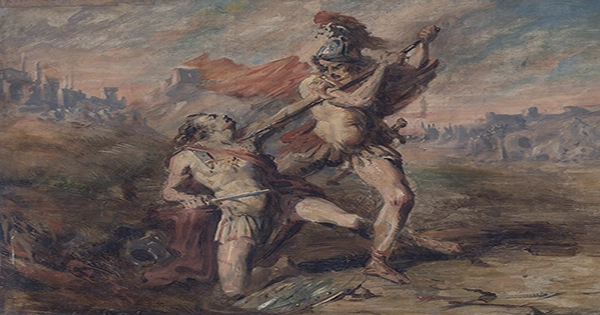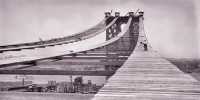An irritated Roman soldier whipped out his carving knife and fashioned an antique dick image around 2,000 years ago. Archaeologists have unearthed the odd traces of a personal dispute that occurred in the third century CE in Vindolanda, a Roman fort just south of Hadrian’s Wall in northern England. They uncovered a stone among the wreckage that had been crudely etched with a penis and an insult intended at another person: “Secundinus, the shitter.”
“I’d been removing a lot of rubbish all week, and this stone had been getting in the way, so I was relieved when I was informed I could remove it from the trench.” It appeared to be an average stone from the back, but as I turned it over, I was surprised to discover some legible inscriptions. “I realized the full scope of what I’d unearthed only after we cleaned the muck, and I was really happy,” Dylan Herbert, a retired scientist from Wales who discovered the stone in May, said in a statement. The alphabet and penis symbol are deeply carved into the hard stone, implying that the ancient scrawler spent time to create their piece of “art,” according to the experts.
Phallic symbols are frequently seen on Roman artifacts and are thought to represent good luck or fertility. For example, the streets of Pompeii are filled with stone phalluses etched into the pavement, walls, and entrances. The penises are said to have served as a type of advertisement, directing consumers to the nearest brothel. Archaeologists have discovered at least 13 phallic sculptures along Hadrian’s Wall’s route, including this recent addition. While most of these symbols are thought to have a good aim, the insult scrawled beneath the most recent find shows that this carving had a more annoyed motivation.
“Its author certainly had an issue with Secundinus and was confident enough to write their feelings down on a stone,” says the author “The Vindolanda Trust’s Director of Excavations and CEO, Dr. Andrew Birley, made a statement. “When Secundinus was roaming around the site over 1,700 years ago, I’m sure he would have been less than amused to witness this.”
Vindolanda is noteworthy for being the location where archaeologists uncovered the earliest surviving handwritten writings in Britain, in addition to its many elaborate carvings. The Vindolanda tablets, which date from the first and second centuries CE, are postcard-sized hardwood leaf tablets etched with carbon-based ink. The records disclose some very down-to-earth bits of ordinary life in Roman Britain, including an invitation to a birthday celebration, similar to the newly discovered penis carving. Who knows, maybe this was the night Secundinus the shitter had a spat with his graffiti-obsessed pal.














